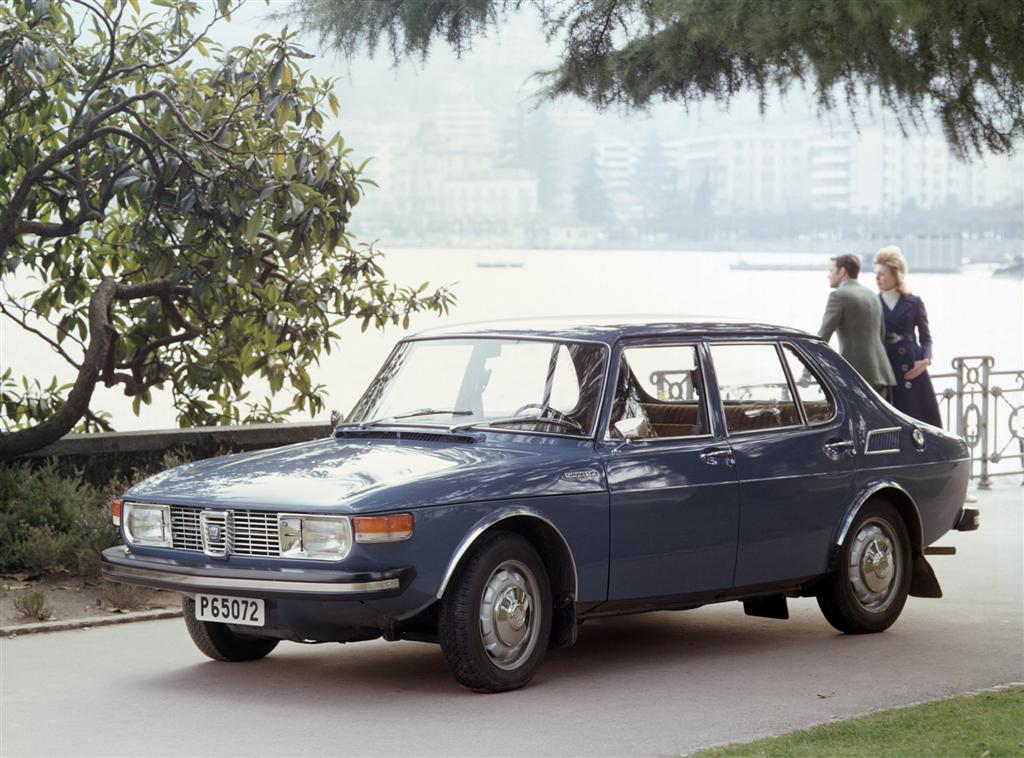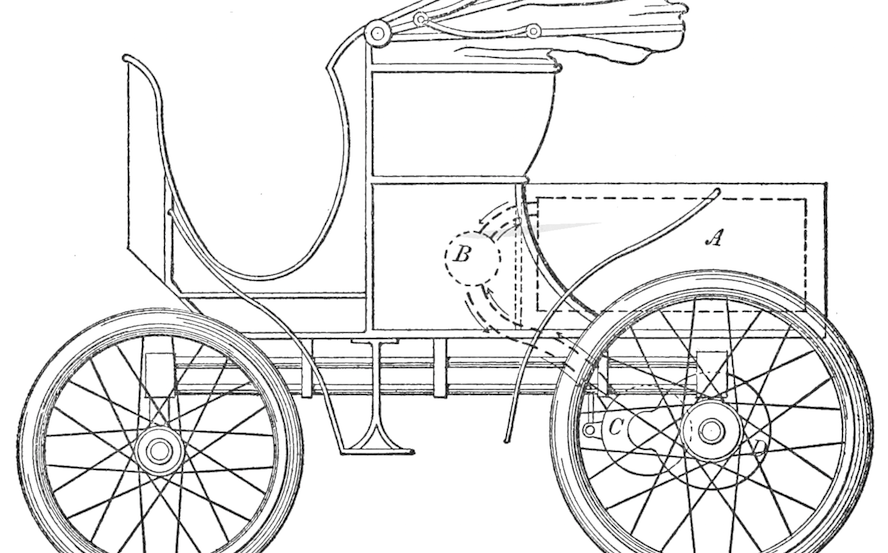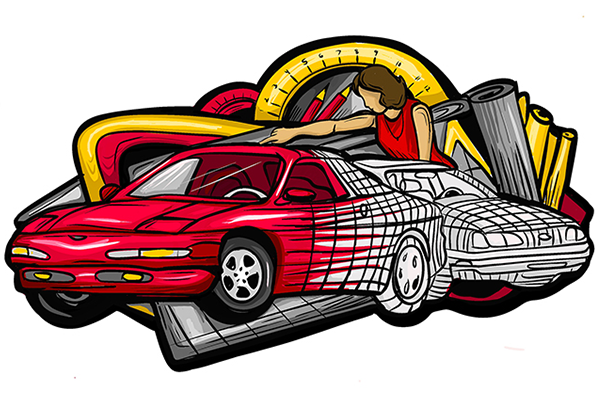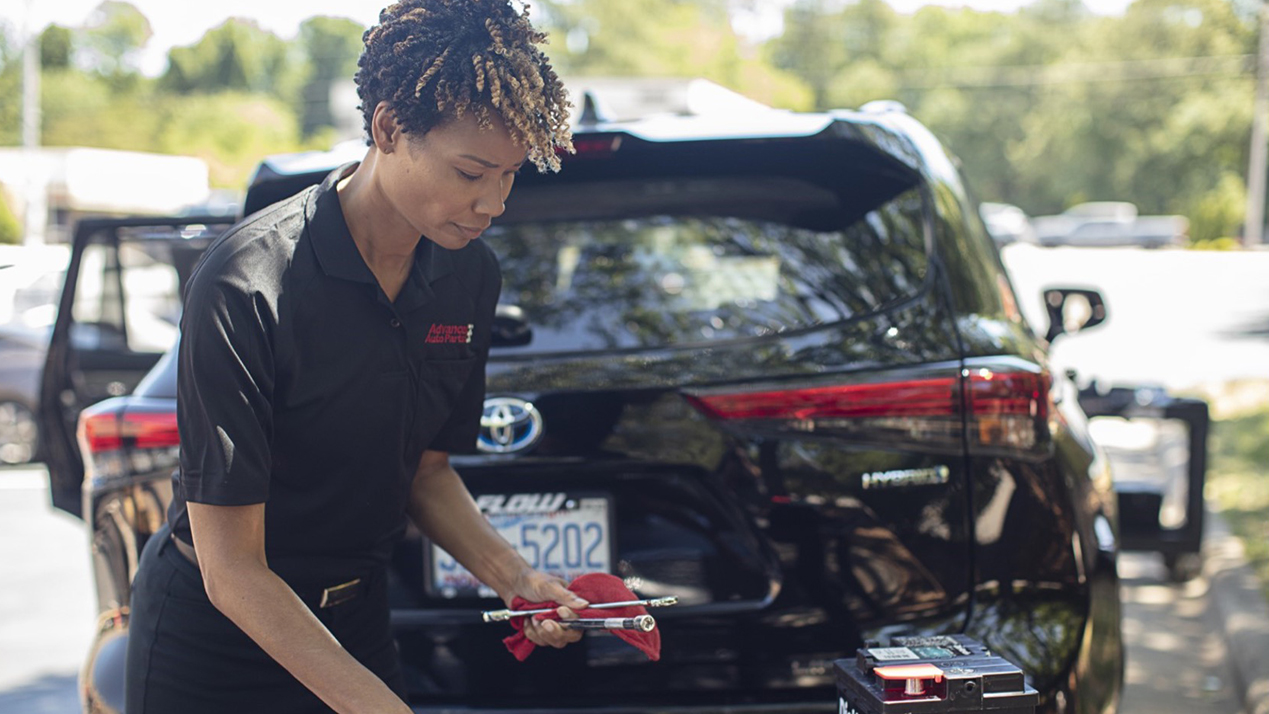Neither snow nor rain nor gloom of night shall stop today's drivers from getting somewhere sunny and bright! Nope, we're not referring to the delivery route of your friendly neighborhood USPS worker. We're talking about cold-weather-fighting automotive inventions like winter tires and all-wheel drive, which let motorists go wherever they want regardless of the season.
But where did these inventions come from? Here are the origin stories of some of winter's most essential features.
Source | Imthaz Ahamed/Unsplash
Winter Tires
Picture this: it's a frosty winter's night in Finland in 1934, and horse-drawn carts are still a common sight. The cars of the time are nowhere near as well-built as today's, and slush and ice on the roads only make being behind the wheel even scarier. Enter Nokian, who recognized the need for a tire suited to frozen climates. The company first designed cold-resistant rubber for delivery trucks that had no choice but to drive on the white stuff. The tires featured a never-before-seen type of asymmetrical tread pattern that went sideways to bite into snow. Two years later, it was adapted for passenger vehicles, allowing all drivers to keep cool in slippery situations.
 Ferdinand Porsche
Ferdinand Porsche
All-Wheel Drive
He created the Volkswagen Beetle, the world's first gasoline-electric hybrid vehicle, as well as the first mid-engine, rear-wheel drive race car—so, we have to ask, was there anything Ferdinand Porsche couldn't do? Apparently not! While working for pioneering car manufacturer Jacob Lohner & Co., Porsche also invented the first automobile powered by all four wheels. Did we forget to tell you that the aforementioned hybrid had individual electric hub motors on each wheel, driven by an onboard engine-powered generator? This unique model was debuted at the Paris Auto Salon in 1900. Now, Porsche offers all-wheel drive on everything from Cayennes to 911s.
 Source | Saab
Source | Saab
Heated Seats
Keeping your tush toasty in the middle of February is as easy as flicking a switch, thanks to heated seats. This wasn't the case until 1972, when the feature was made standard on a few of the models, like the 95, 96, and 99 sedans, offered by now sadly defunct Swedish automaker Saab. (According to one legend, the innovation came about in an attempt to alleviate a Saab executive's back pain.) Unfortunately for the owners of those first vehicles, sitting in the hot seat wasn't optional, because the function turned on automatically when the interior dipped below a certain predetermined temperature whether they liked it or not.
Do you know of any forefixers who changed the way we drive in winter? Share what you know below.







